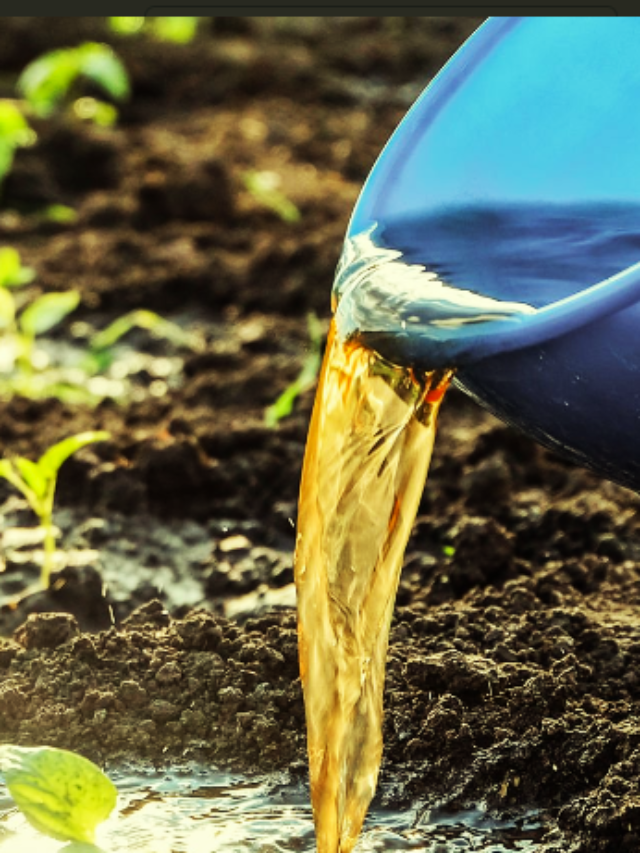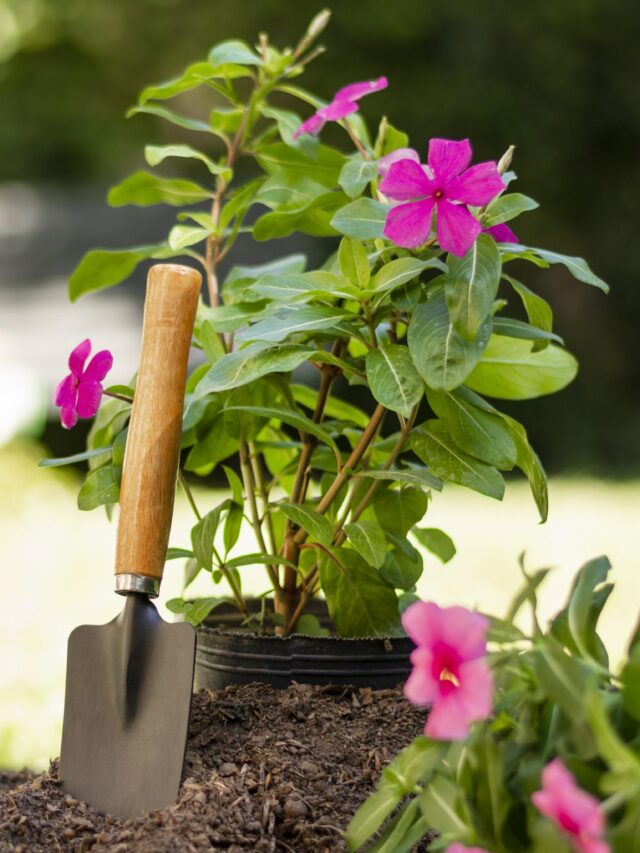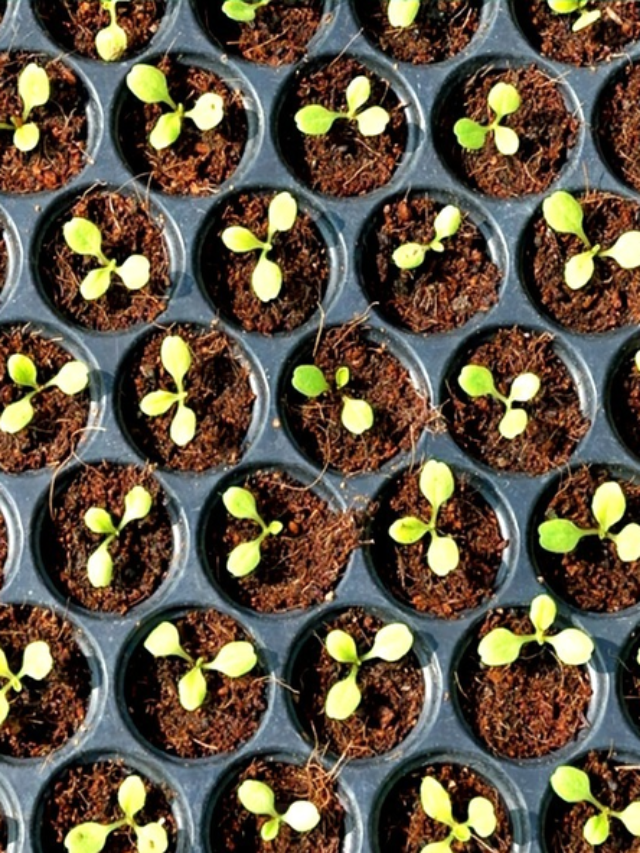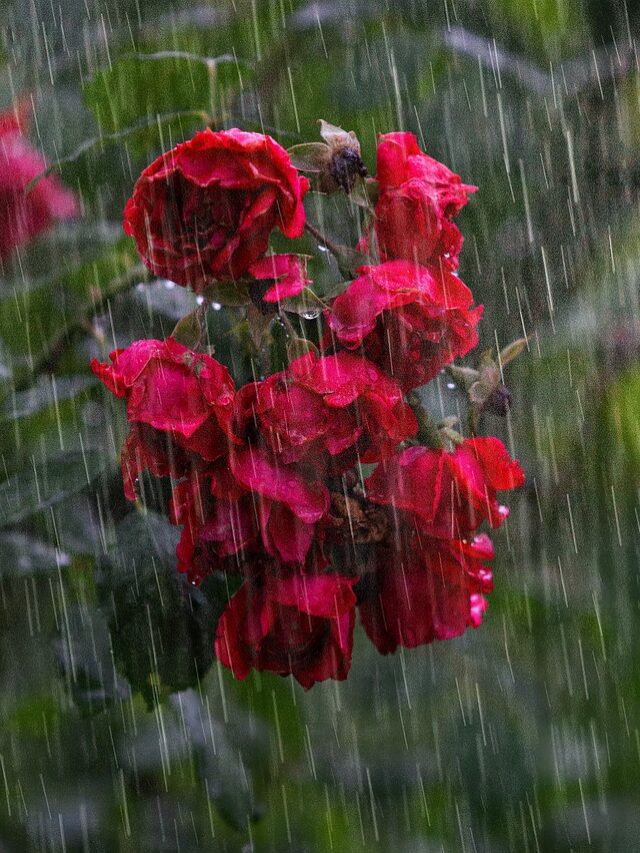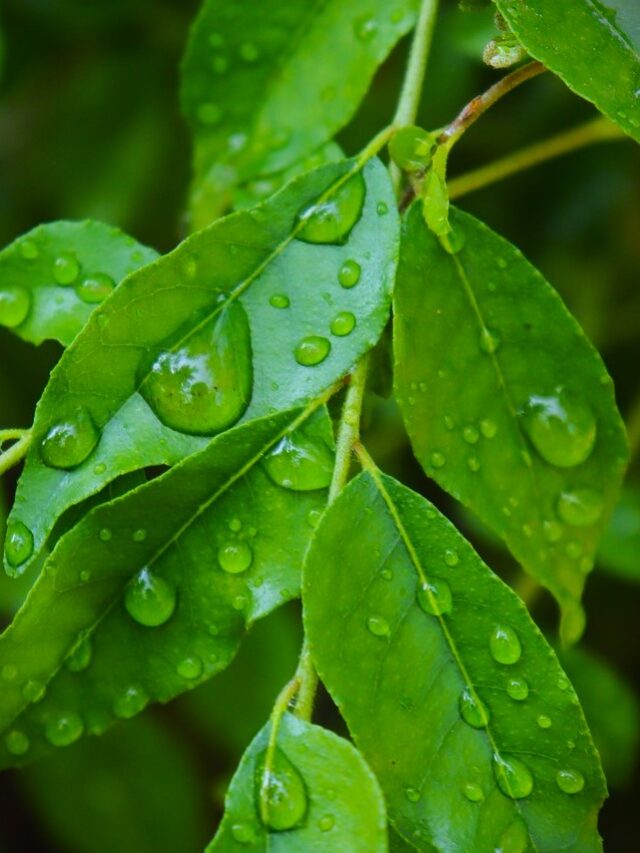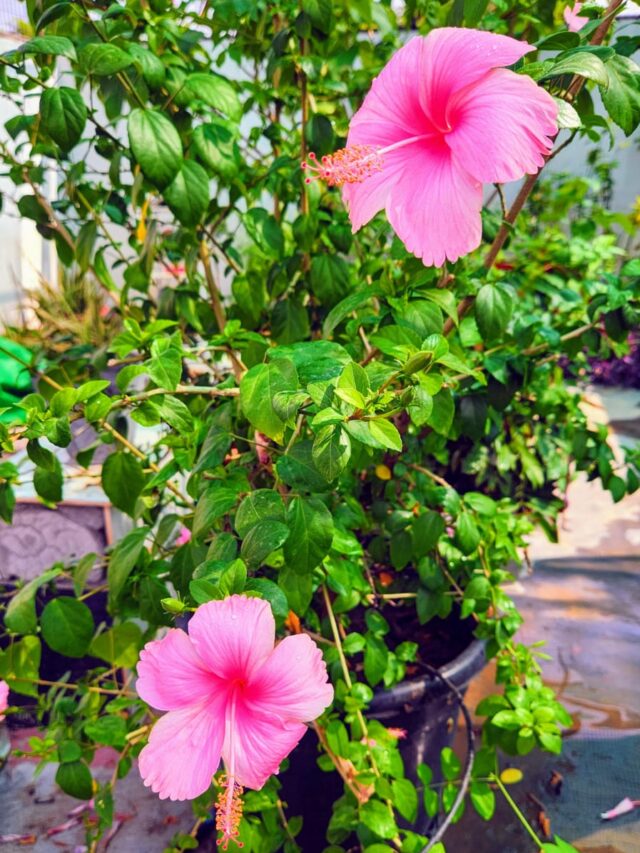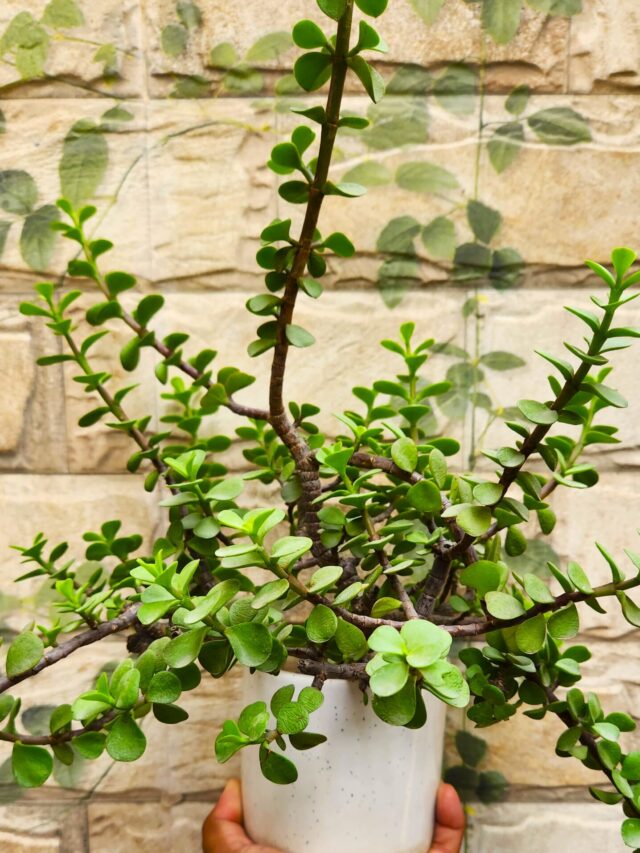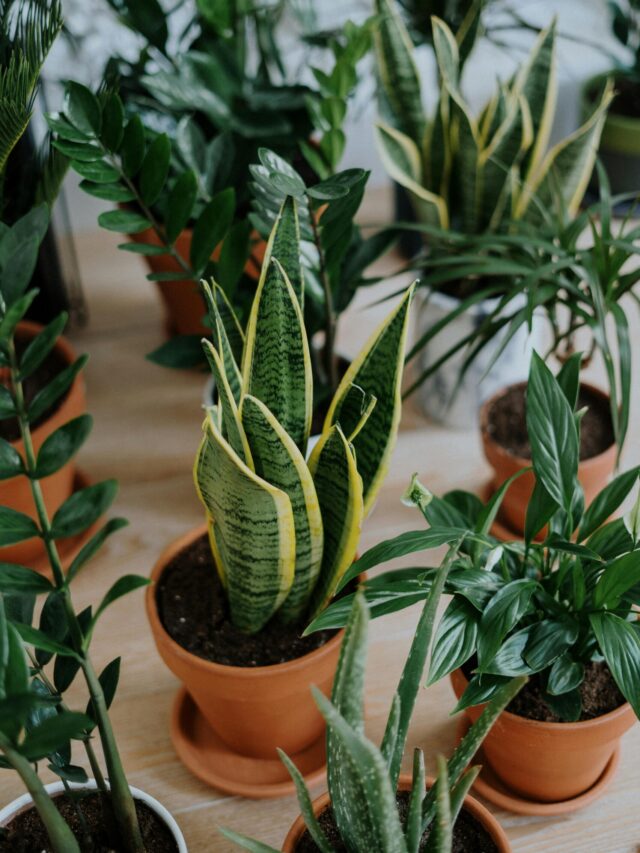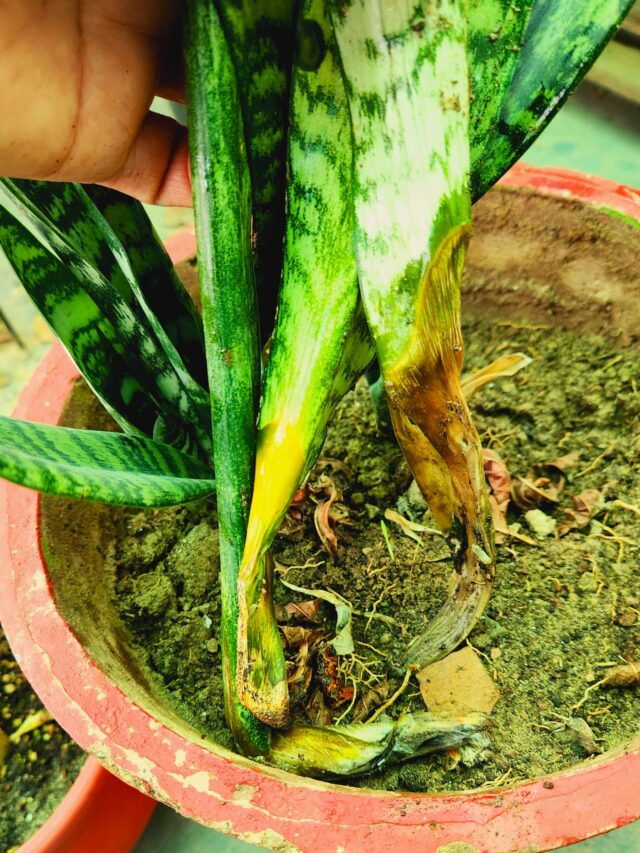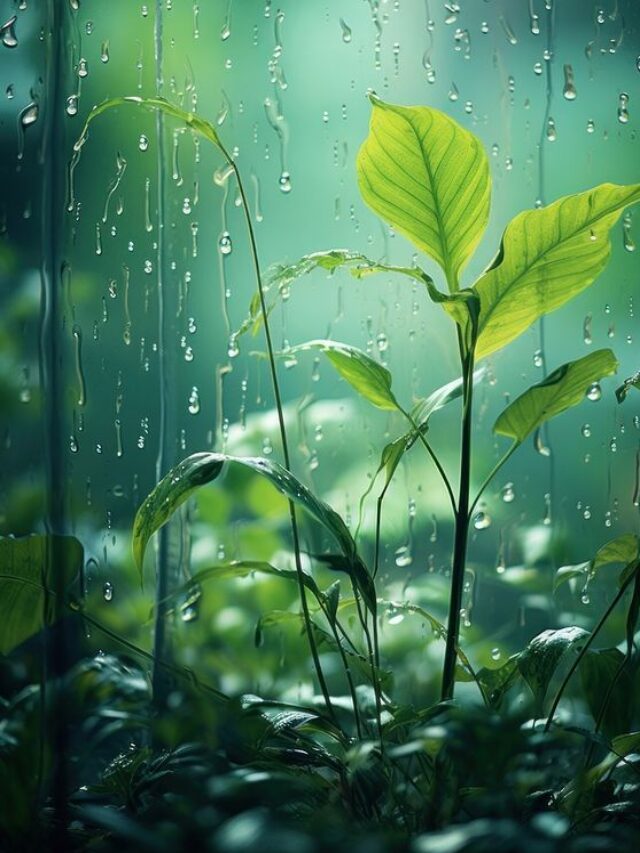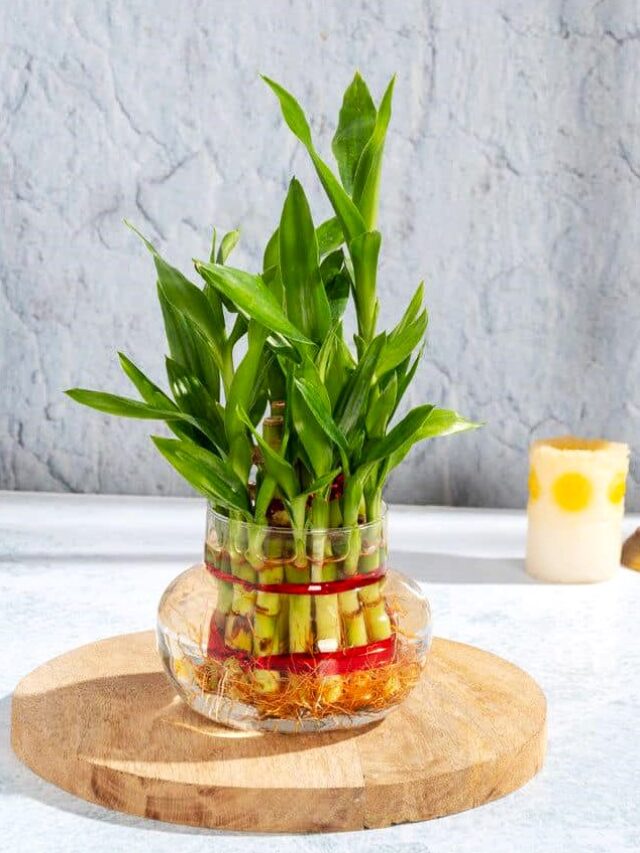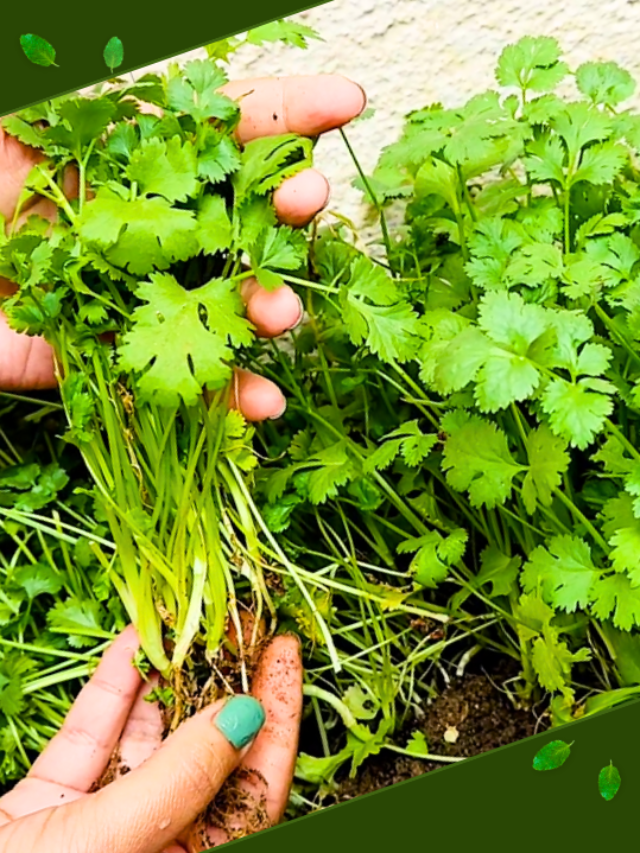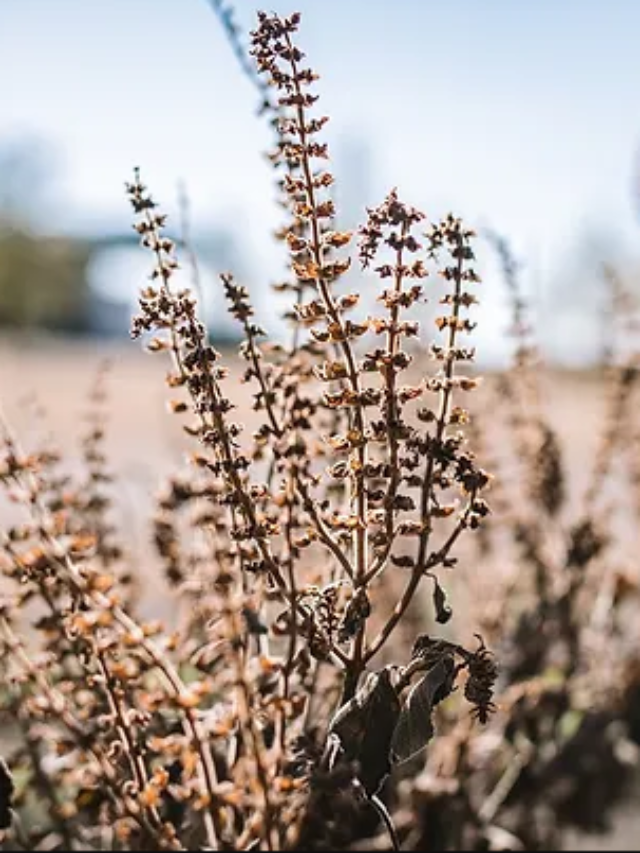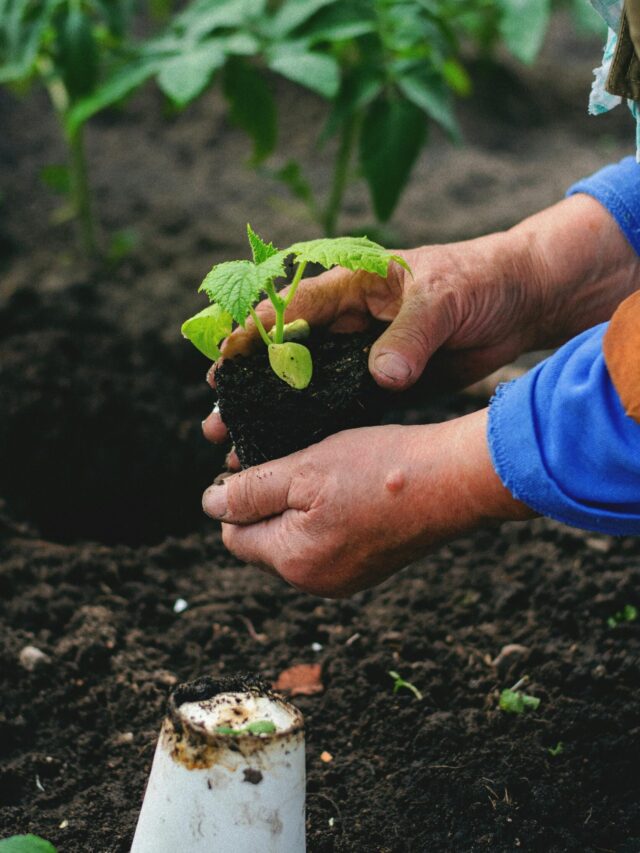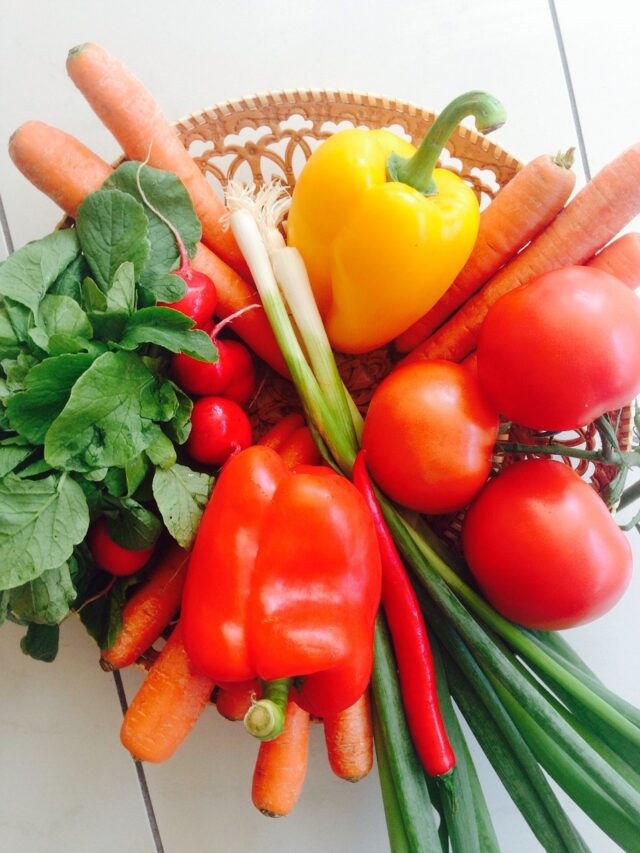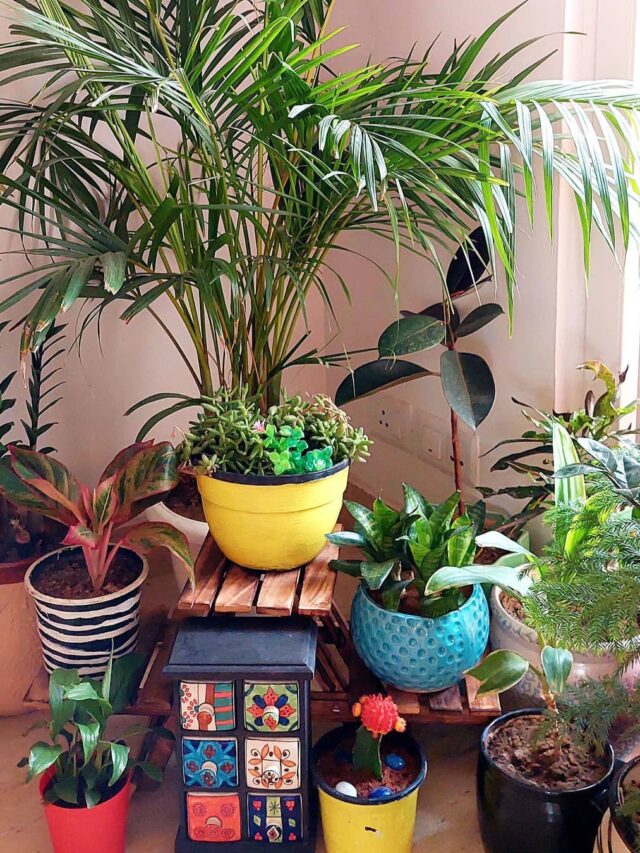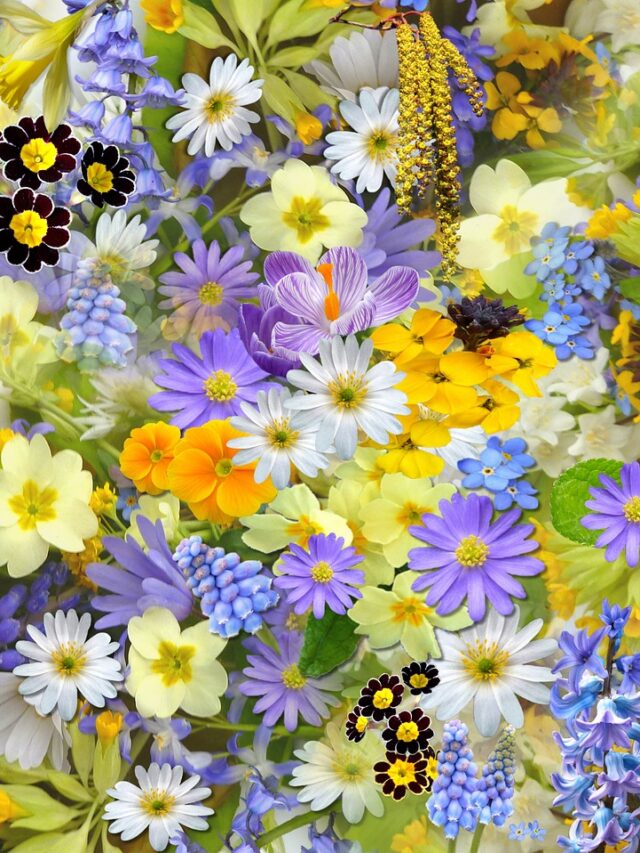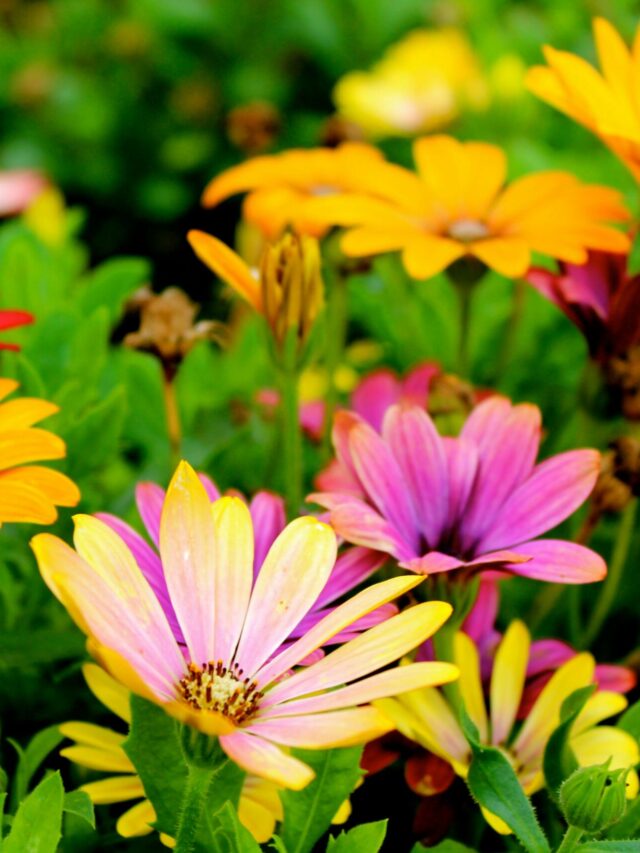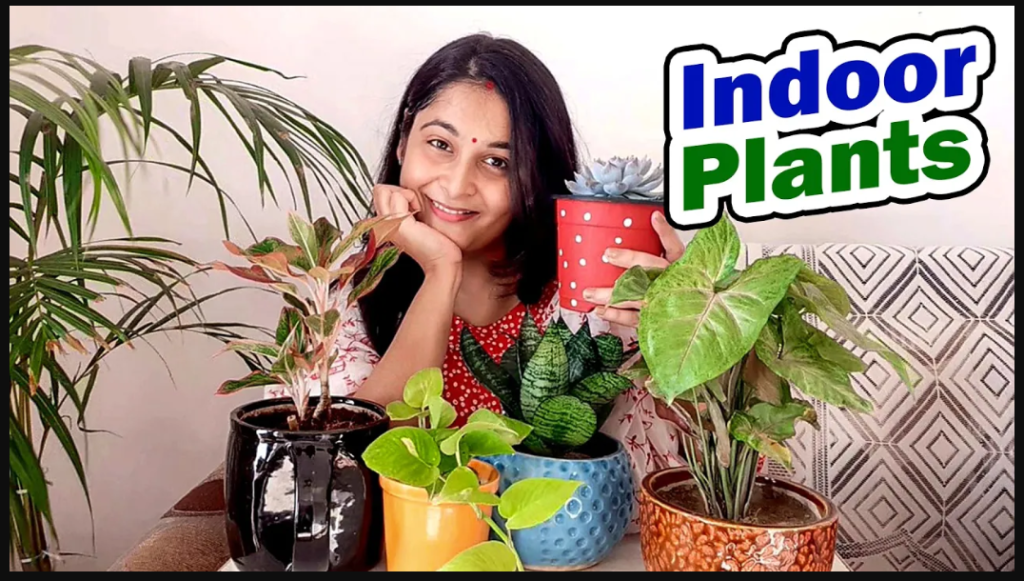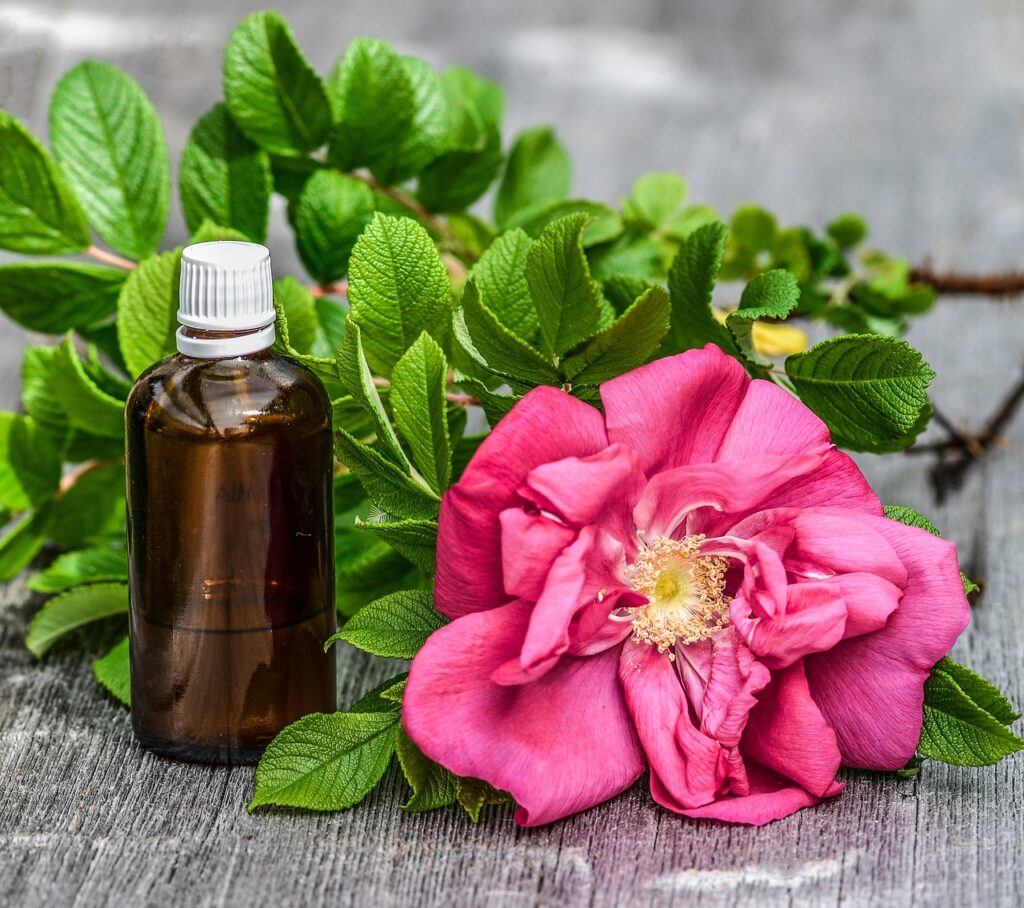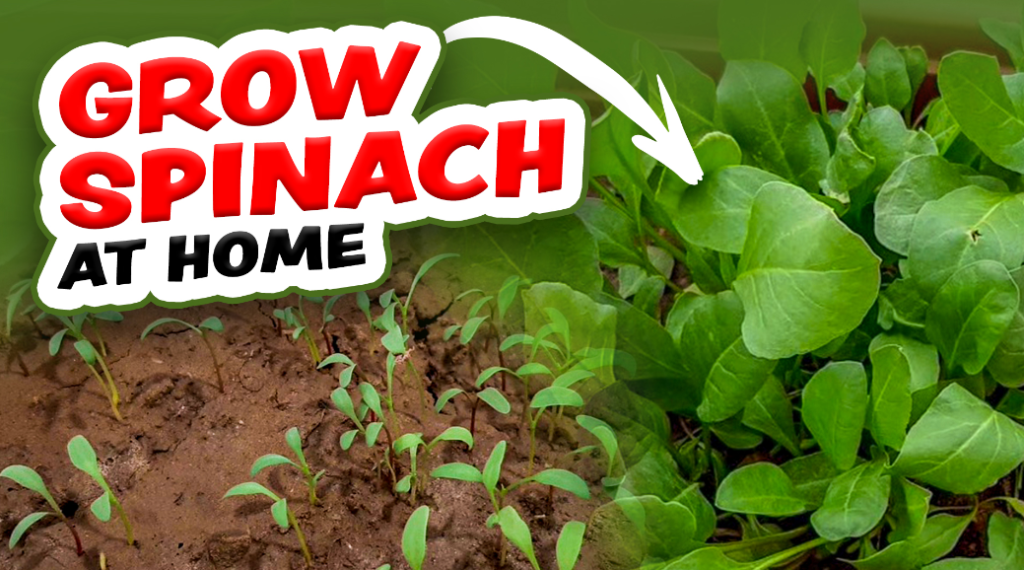The Jade plant is a very beautiful and unique plant. It is available in different colors like green, white and variegated colors. This plant is native to South Africa and found in all parts of the world. The Jade plant is also known as the lucky plant and is considered a symbol of good luck

In this post, we are going to discuss all the actualities of the JADE PLANT.
- What is a Jade plant?
- How can we take care of the jade plant?
- How can we propagate jade plants?
- How can we plant cuttings of the jade plant?
All the queries regarding the jade plant would be sorted out in this article.
About Jade Plant
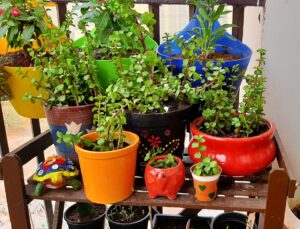
1. The jade plant remains green throughout the year.
2. The jade plant is very tender, it grows low above and spreads more, and the color of its leaves is a mixture of green and yellow.
3. You can grow them in a hanging basket, as a bonsai tree, or in any size of pot.
Important note:
- Jade plant is an outdoor plant and not an indoor plant.
- Whereas people in the nurseries sell the Jade plant as an indoor plant.
4. This plant needs regular sunlight of 4-5 hours daily.
- If you keep this plant inside your home, it will survive for some time because it is a succulent plant and succulents do not die easily.
- After sometimes its growth would be stopped, so you need to keep this plant in sunlight only.
5. If you want to keep it inside then keep it near the window where sunlight is good.
6. In the month of May- June, when sunlight is extreme at that time you can keep them in shade.
Watering tips to Jade plant

1. Jade plants are succulents, which means they require less water.
2. If you touch the soil and it feels moist, then the plant doesn’t need water.
3. On the other hand, if you notice its leaves withering, it’s an indication that your plant isn’t receiving enough water. In such cases, water the plant when the topsoil is completely dry.
Tips
- Insert your finger deep into the soil up to the first knuckle.
- If it feels dry at that depth, then it’s time to water the plant.
- If the soil still feels moist, there’s no need to water at that moment.
Note:
- In winter seasons, Jade plants need less water than normal, so you should always test the soil before watering.
Symptoms of healthy Jade plants
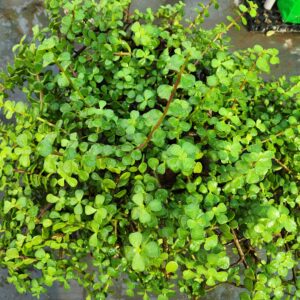
- The leaves of healthy jade plants are very thick and fleshy.
- If the leaves are turning yellow, becoming thin, and starting falling down, it means there is under watering.
- If the leaves are healthy and thick but still falling down, then there is a problem of overwatering.
- If you see black spots on the leaves then there is some problem with the roots.
- There might be a problem of fungus or any infection, you need to change the soil at that time.
Perfect soil for Jade plants
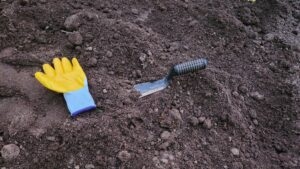
- The soil of the jade plant should be well-drained, it should absorb the much it needs and should be able to drain out excess water through the hole.
- The perfect soil mixture for this plant consists of garden soil, compost and sand in the ratio of 1:½:½ respectively.
How to care for Jade plants from Pest attack
- The Jade plant is generally hardy and not prone to pests; however, mealybugs can occasionally be an issue.
- To prevent mealybug infestations, you can spray neem oil on the plant once a week.
- It’s also advisable to keep the Jade plant at a distance from hibiscus plants since both can be susceptible to the same type of pest attacks.
Fertilizer for Jade plants
The Jade plant is naturally hardy and doesn’t require frequent fertilization. However, you can provide cow dung fertilizer two or three times a year if you wish.
Propagation of Jade plants 
If you have a large Jade plant, you can propagate more Jade plants by taking cuttings from the mature plant. Follow these steps:
1. Select a healthy cutting from the parent plant, preferably with a thick stem and healthy leaves.
2. Use a sharp tool like a blade, knife, or scissors to make a clean cut.
3. Remove the leaves from the lower part of the cutting, as this section will be buried in the soil.
Now, you can choose one of the two methods for planting the cutting:
1. In Coco peat
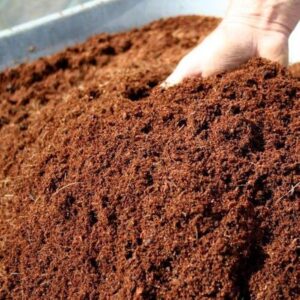
- Mix the coco peat with a small amount of fertilizer, ensuring the coco peat has a slight moisture content.
- If the coco peat is dry, add some water to make it moist.
- Fill the pot with this mixture and gently plant your cutting, ensuring it is placed slightly deep in the pot.
- Since the coco peat is already moist, refrain from watering immediately. Instead, place the pot in direct sunlight, and you should start seeing new leaves in a few days.
2. In Soil
- For this, do not prepare a new soil mixture for it, take the soil of any pot which already has a plant.
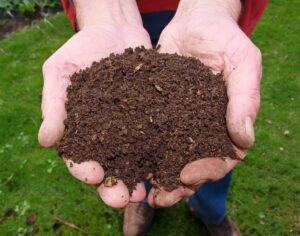
- Place the cutting in the moisturized soil taken from another plant.
- Here also, you do not need to give water as the soil is wet.
In both cases, give water when the outer layer of coco peat and soil is dry, otherwise, stems will get damaged due to overwatering.
Roots will get developed in the next 45 days and after that, you can shift your cuttings to bigger size pots. At the time of shifting you need to make a fresh soil mixture as mentioned above, you cannot use the soil of old plants here.
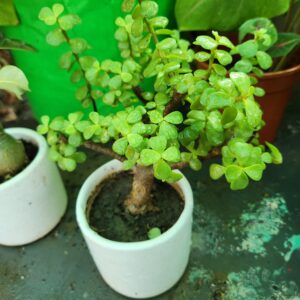
It was all about the JADE plant.
Enjoy planting your luck!!!!!
